What Size Binoculars For Astronomy ?
Binoculars with an aperture of at least 50mm are recommended for astronomy. This allows for a larger field of view and better light gathering capabilities, which are important for observing celestial objects. Additionally, binoculars with a magnification of 7x to 10x are ideal for astronomy, as higher magnifications can make it difficult to hold the binoculars steady and can result in a narrower field of view. It is also important to consider the weight and size of the binoculars, as larger models may be more difficult to handle and transport. Ultimately, the best binoculars for astronomy will depend on personal preferences and needs, as well as the specific objects being observed.
1、 Magnification power
What size binoculars for astronomy? The answer to this question depends on what you want to observe and how much you are willing to spend. Generally, binoculars with an aperture of 50mm or larger are recommended for astronomy. This is because larger apertures allow more light to enter the binoculars, resulting in brighter and clearer images.
In terms of magnification power, it is recommended to choose binoculars with a magnification of 7x to 10x for astronomy. Higher magnifications may result in shaky images due to the natural movement of your hands, and may also make it more difficult to find and track objects in the sky.
However, it is important to note that the best binoculars for astronomy are not necessarily the most expensive ones. There are many affordable options on the market that offer excellent performance and value for money. It is also worth considering factors such as the weight and size of the binoculars, as well as their durability and ease of use.
In recent years, there has been a growing trend towards using binoculars for astronomy, as they offer a wider field of view than telescopes and are easier to use for beginners. They are also more portable and can be used for other activities such as birdwatching and hiking. Overall, the best size binoculars for astronomy are those that meet your specific needs and budget, and provide clear and enjoyable views of the night sky.

2、 Objective lens diameter
"What size binoculars for astronomy?" The answer to this question depends on the specific needs and preferences of the user. However, one of the most important factors to consider when choosing binoculars for astronomy is the objective lens diameter.
The objective lens diameter refers to the size of the front lenses of the binoculars. This is important because it determines the amount of light that can enter the binoculars. The larger the objective lens diameter, the more light can enter, resulting in brighter and clearer images.
For astronomy, it is recommended to use binoculars with an objective lens diameter of at least 50mm. This size allows for enough light to enter the binoculars to see fainter objects in the night sky. However, some astronomers prefer larger objective lens diameters, such as 70mm or even 80mm, for even brighter and clearer images.
It is important to note that larger objective lens diameters also mean larger and heavier binoculars, which may not be as portable or comfortable to use for extended periods of time. Additionally, larger objective lens diameters may also come with a higher price tag.
In summary, the recommended objective lens diameter for astronomy binoculars is at least 50mm, but some astronomers may prefer larger sizes for even brighter and clearer images. Ultimately, the choice of objective lens diameter depends on the user's specific needs and preferences.

3、 Exit pupil size
"What size binoculars for astronomy" is a common question among amateur astronomers. The answer to this question depends on several factors, including the observer's experience level, budget, and observing conditions. However, one of the most critical factors to consider when choosing binoculars for astronomy is the exit pupil size.
The exit pupil size is the diameter of the beam of light that exits the eyepiece of the binoculars. It is calculated by dividing the objective lens diameter by the magnification. For example, a pair of 10x50 binoculars has an exit pupil size of 5mm (50/10=5).
The exit pupil size is essential because it determines the amount of light that enters the observer's eye. The human eye can dilate up to 7mm in diameter, so binoculars with an exit pupil size larger than 7mm are not necessary. However, a larger exit pupil size can be beneficial in low-light conditions, such as when observing the night sky.
The latest point of view on exit pupil size is that it is not the only factor to consider when choosing binoculars for astronomy. Other factors, such as the quality of the optics, the field of view, and the weight and size of the binoculars, should also be taken into account. Additionally, the observer's personal preferences and observing style should be considered when selecting binoculars for astronomy.
In conclusion, the exit pupil size is an essential factor to consider when choosing binoculars for astronomy. A larger exit pupil size can be beneficial in low-light conditions, but it is not the only factor to consider. The observer's experience level, budget, and observing conditions should also be taken into account when selecting binoculars for astronomy.
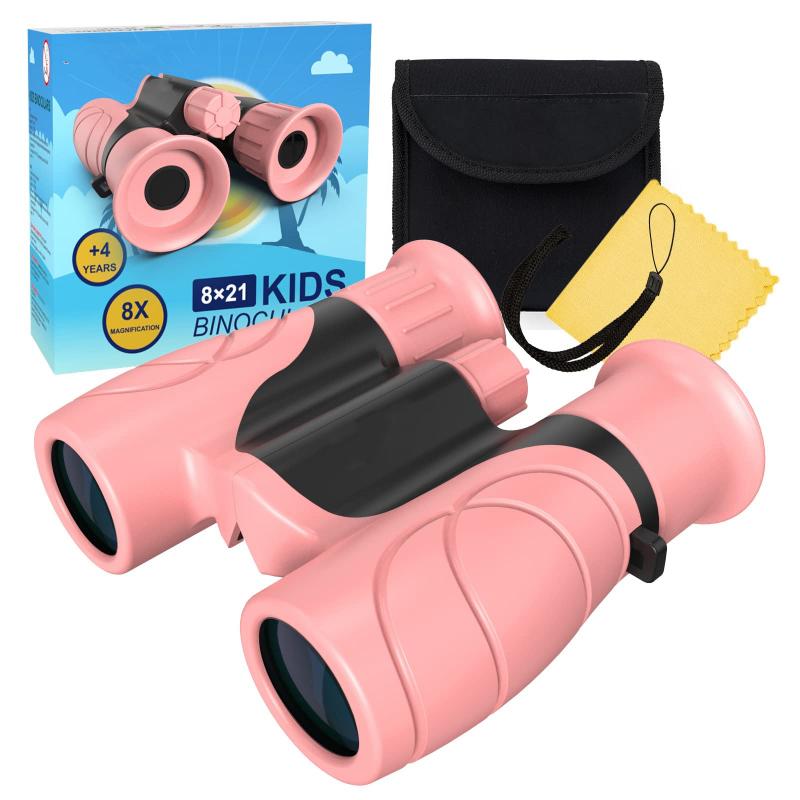
4、 Field of view
What size binoculars for astronomy?
When it comes to choosing binoculars for astronomy, the size of the objective lens is the most important factor to consider. The objective lens is the larger lens at the front of the binoculars that gathers light and determines the brightness and clarity of the image. For astronomy, it is recommended to choose binoculars with an objective lens size of at least 50mm or larger. This will allow for a brighter and clearer image, especially when observing faint objects such as galaxies and nebulae.
Another important factor to consider is the magnification of the binoculars. While higher magnification may seem desirable, it can actually make it more difficult to hold the binoculars steady and can result in a shaky image. For astronomy, it is recommended to choose binoculars with a magnification of 7x to 10x.
Field of view is also an important consideration when choosing binoculars for astronomy. A wider field of view will allow you to see more of the night sky at once, making it easier to locate objects and observe them in context. However, a wider field of view may also result in a slightly dimmer image. It is recommended to choose binoculars with a field of view of at least 5 degrees.
In recent years, there has been a growing trend towards using binoculars for astronomy, as they offer a more immersive and natural viewing experience than telescopes. Many astronomers now consider binoculars to be an essential tool for observing the night sky.
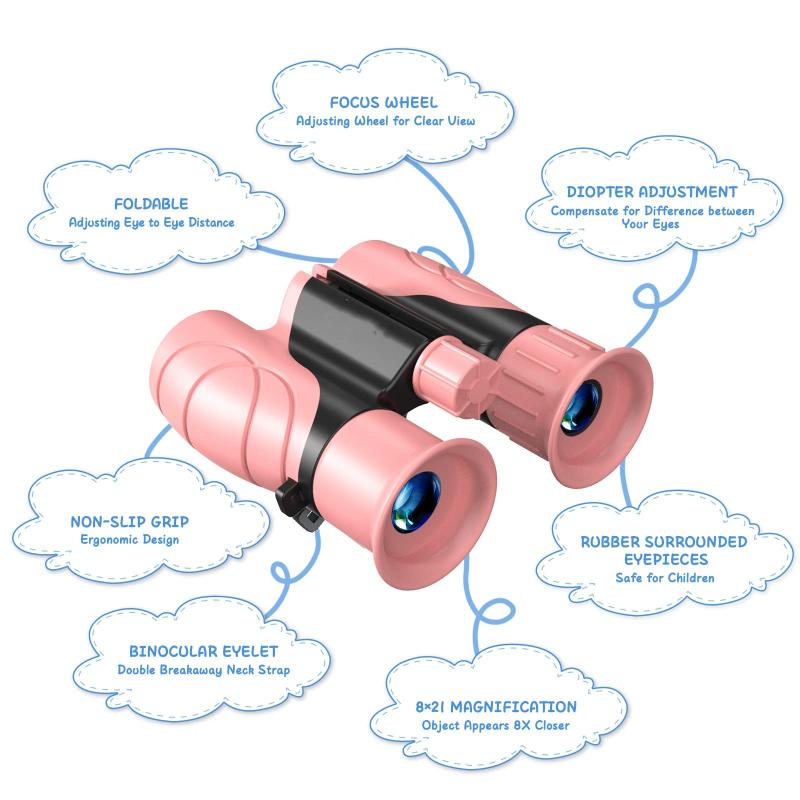







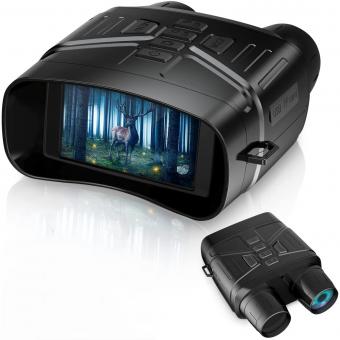


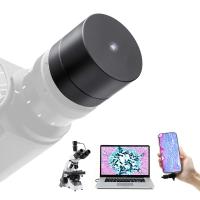

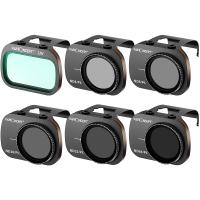

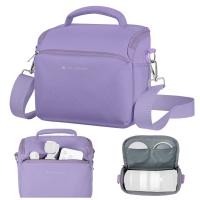
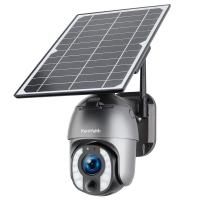
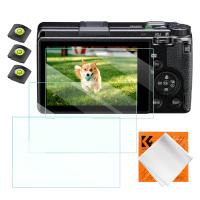
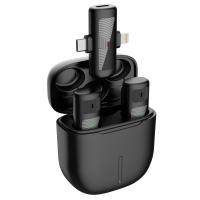


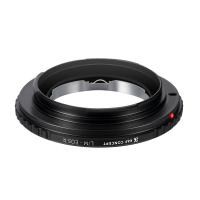



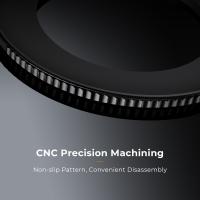
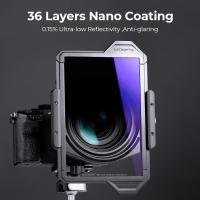
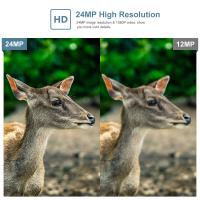
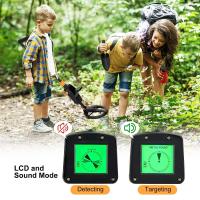

There are no comments for this blog.